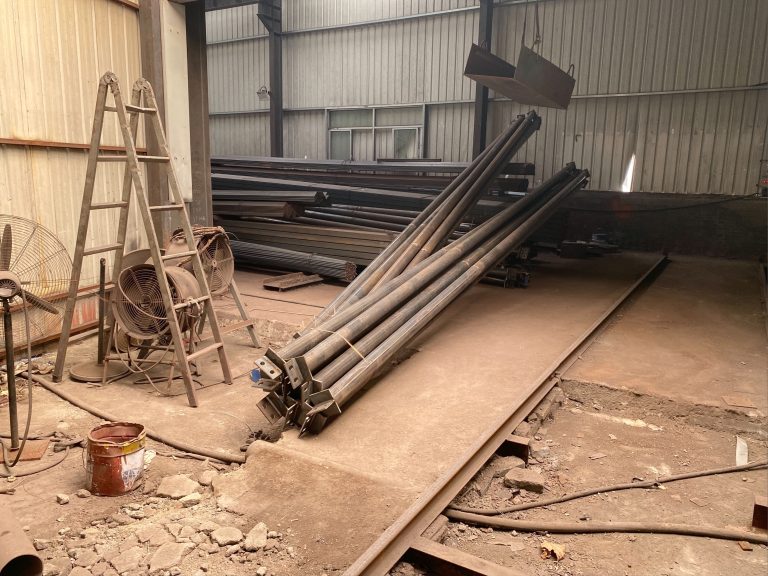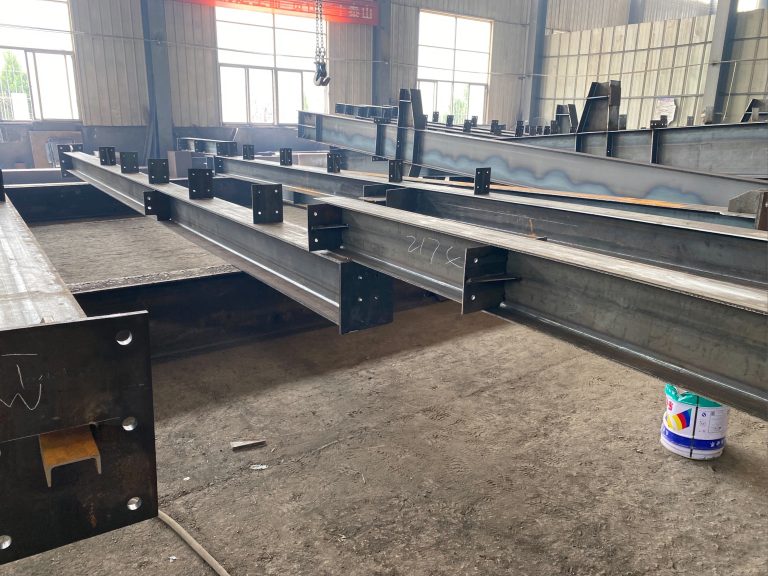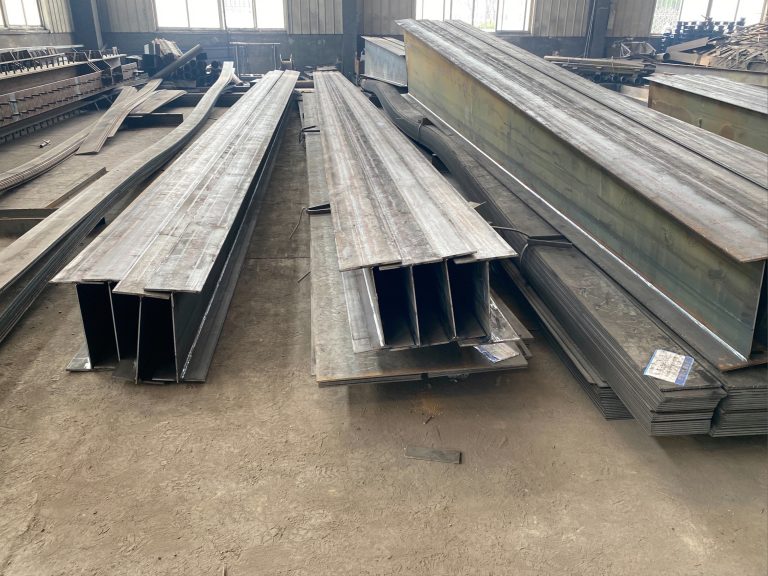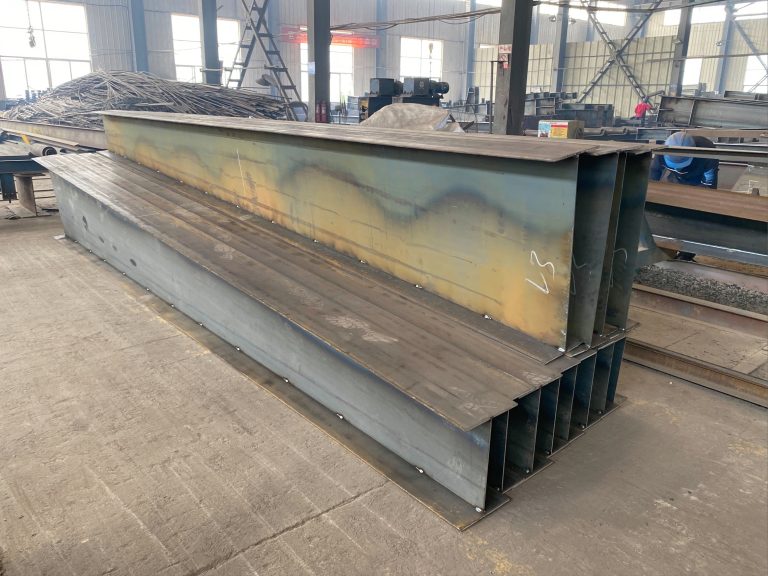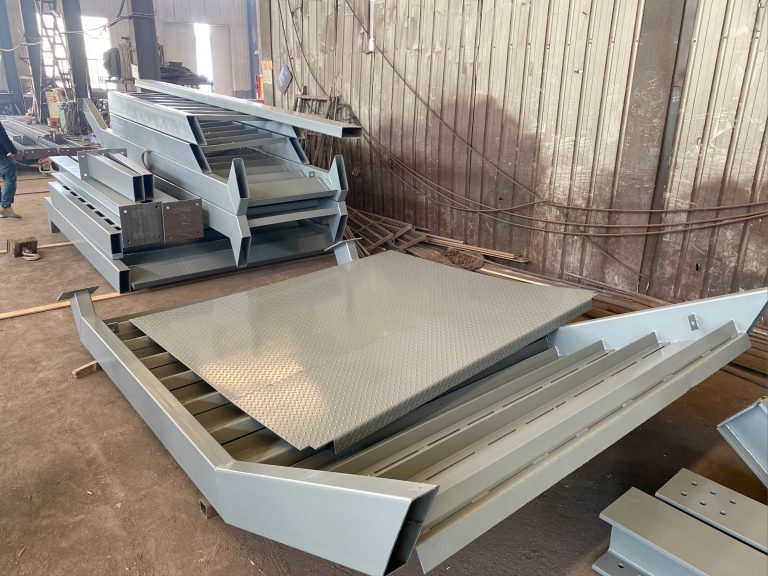How to improve the resource reduction and sustainable use of buildings through the recycling and recycling design of light harvesting panels?
Benefits of Implementing Light Harvesting Panels in Buildings
In today’s world, the importance of sustainability and resource conservation cannot be overstated. As the global population continues to grow, the demand for energy and resources is increasing at an alarming rate. One area where significant progress can be made in terms of resource reduction and sustainable use is in the design and construction of buildings. One innovative solution that is gaining traction in the construction industry is the use of light harvesting panels.
Light harvesting panels, also known as solar panels or photovoltaic panels, are devices that convert sunlight into electricity. By harnessing the power of the sun, these panels can provide a clean and renewable source of energy for buildings. In addition to reducing the reliance on fossil fuels, light harvesting panels can also help to lower energy costs and reduce carbon emissions.
One of the key benefits of implementing light harvesting panels in buildings is the potential for resource reduction. By generating electricity from sunlight, buildings can reduce their dependence on traditional energy sources such as coal, oil, and natural gas. This not only helps to conserve finite resources but also reduces the environmental impact of energy production.
In addition to resource reduction, light harvesting panels can also contribute to the sustainable use of buildings. By generating clean and renewable energy, these panels can help to reduce the carbon footprint of buildings and lower their overall environmental impact. This is particularly important in the face of climate change, as buildings are responsible for a significant portion of global greenhouse gas emissions.
Furthermore, the design and implementation of light harvesting panels can also contribute to the recycling and reuse of materials. Many light harvesting panels are made from recyclable materials such as silicon, glass, and aluminum. By incorporating these materials into the design of buildings, it is possible to reduce the demand for new resources and minimize waste.
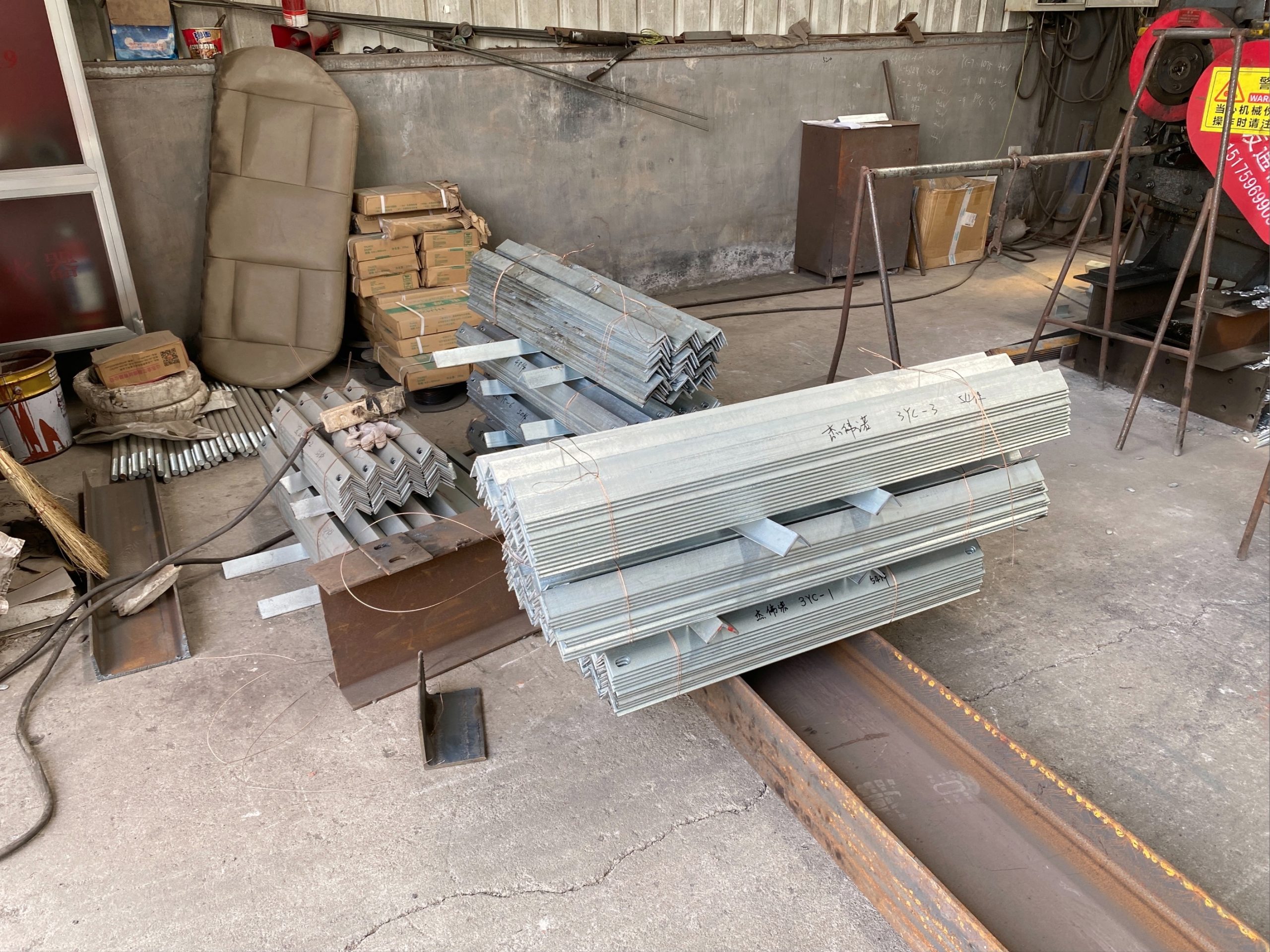
Another benefit of light harvesting panels is their potential to improve the energy efficiency of buildings. By generating electricity on-site, these panels can help to offset the energy consumption of buildings and reduce the need for grid-supplied electricity. This can lead to lower energy bills for building owners and occupants, as well as a reduced strain on the electrical grid.
In conclusion, the implementation of light harvesting panels in buildings can have a wide range of benefits in terms of resource reduction and sustainable use. By harnessing the power of the sun, these panels can provide a clean and renewable source of energy, reduce energy costs, lower carbon emissions, and improve the overall energy efficiency of buildings. Additionally, the design and use of light harvesting panels can contribute to the recycling and reuse of materials, further enhancing their sustainability. As the construction industry continues to prioritize sustainability and resource conservation, light harvesting panels are likely to play an increasingly important role in the design and construction of buildings.


